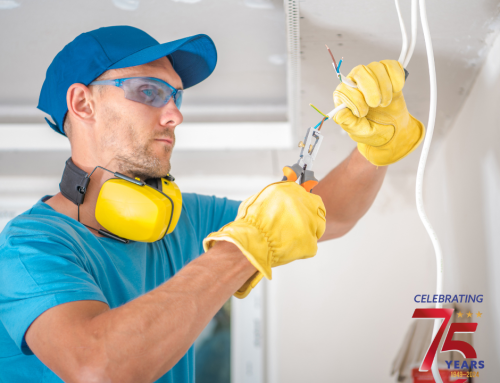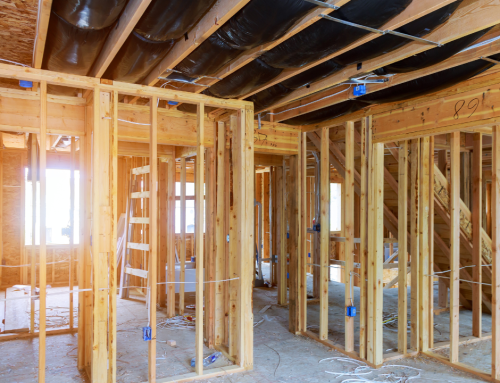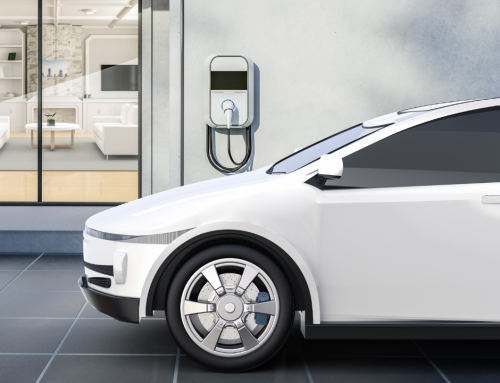Have you ever wondered, “Why do breakers flip?” Circuit breakers are safety devices that protect electrical circuits from overloads and short-circuiting, but what triggers them to trip and turn off the power? Understanding why circuit breakers trip is essential for every homeowner, renter, and DIY enthusiast.
What is an Overload?
An overload happens when too much electrical current flows through a circuit. This excess current can occur when too many appliances or devices are plugged into an outlet or when a single appliance draws more electricity than the circuit is designed to handle. An overload can cause the wiring in your home to heat up and potentially start a fire. This is why it’s important to be mindful of how much power your devices are drawing and to distribute them evenly among different outlets and circuits. Circuit breakers are designed to protect your home from overloads by tripping and shutting off the flow of electricity before any damage can occur.
What is a Short Circuit?
A short circuit is another common reason why circuit breakers trip. It occurs when a hot wire comes into contact with a neutral wire or when two hot wires touch. This creates a path of low resistance, causing a surge of electrical current to flow through the circuit. This can lead to overheating of wires, damage to appliances, and potentially start a fire. In most cases, the circuit breaker will trip to prevent this from happening. Short circuits can occur due to damaged or frayed wires, improper installation of electrical components, or faulty appliances. It is important to get these issues fixed immediately by a licensed electrician to avoid any potential hazards.
What Happens When a Circuit is Overloaded?
An overloaded circuit can lead to a number of consequences, ranging from minor inconveniences to serious safety hazards. Here are some of the most common outcomes of an overloaded circuit:
- Dimming or flickering lights: When too many appliances are running on the same circuit, the voltage can drop, causing the lights to dim or flicker.
- Overheating: An overloaded circuit can cause the wiring in your home to overheat, leading to damage and increasing the risk of a fire.
- Tripped breakers: If an overloaded circuit is not corrected, the circuit breaker will trip, shutting off the power to the circuit and potentially damaging any electronics or appliances that were running on the circuit.
- Electrical shocks: An overloaded circuit can also increase the risk of electrical shocks, as the excess current can cause a surge in voltage.
Identifying and addressing overloaded circuits as soon as possible is important to prevent these consequences and maintain a safe and functional electrical system.
What Should You Do if a Breaker is Repeatedly Tripping in your Breaker Box?
If a breaker keeps tripping, it’s usually a sign of an issue with your electrical system that needs to be addressed. Here are a few things you can do:
- Check for overload: First, check if the circuit is overloaded by unplugging some devices and see if the breaker stays on. If the breaker trips even with no appliances or devices plugged in, the wiring may be the issue.
- Contact an electrician: If you can’t locate the issue on your own, it’s time to call in a professional. An electrician will be able to identify the root cause of the problem and provide you with a solution to fix it.
- Replace the breaker: If your breaker is old or worn out, it may need to be replaced. A licensed electrician will be able to replace your breaker safely and correctly.
You should never ignore a circuit breaker that repeatedly trips, as it could be a serious electrical issue. Failing to address the issue promptly could result in an electrical fire, putting your home and family in danger.
How Can You Prevent Your Breaker from Tripping?
Preventing your circuit breaker from tripping is essential for the safety of your electrical system and home appliances. Here are some tips to help you avoid overload or short circuits that can cause your breaker to trip:
- Spread out your appliances: Do not plug all your appliances into one circuit. Spread them out so that the load is evenly distributed.
- Use energy-efficient appliances: Choose energy-efficient appliances that consume less electricity, thus reducing the load on your circuit.
- Unplug unused appliances: Unplug appliances you are not using, like chargers, small kitchen appliances, and TVs. Even when not in use, they can still consume power and add to the load on your circuit.
- Do not use extension cords: Extension cords can cause electrical overload, leading to a circuit breaker trip. Instead, use outlets installed directly into the wall.
- Install a dedicated circuit: A dedicated circuit is one that is specifically dedicated to an appliance that has a high power requirement, like an air conditioner. This can prevent overloading on other circuits.
- Keep your electrical system up to date: Hire a licensed electrician to inspect your electrical system regularly. This can identify potential hazards and ensure your system is safe and functioning efficiently.
Following these tips can prevent your circuit breaker from flipping and keep your home safe and energy efficient. Remember, electrical safety is not something to take lightly and always seek professional help if you encounter electrical problems.





